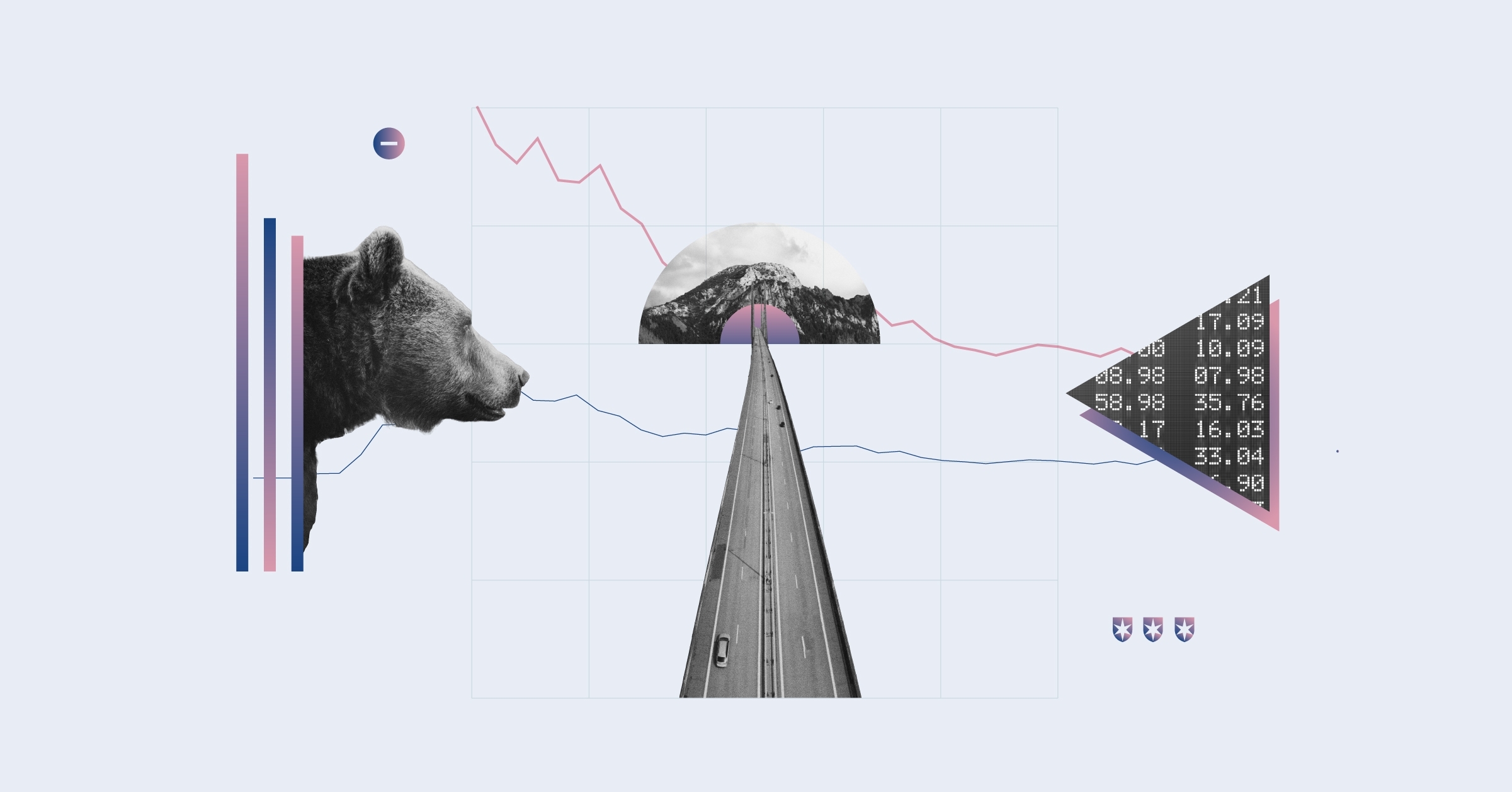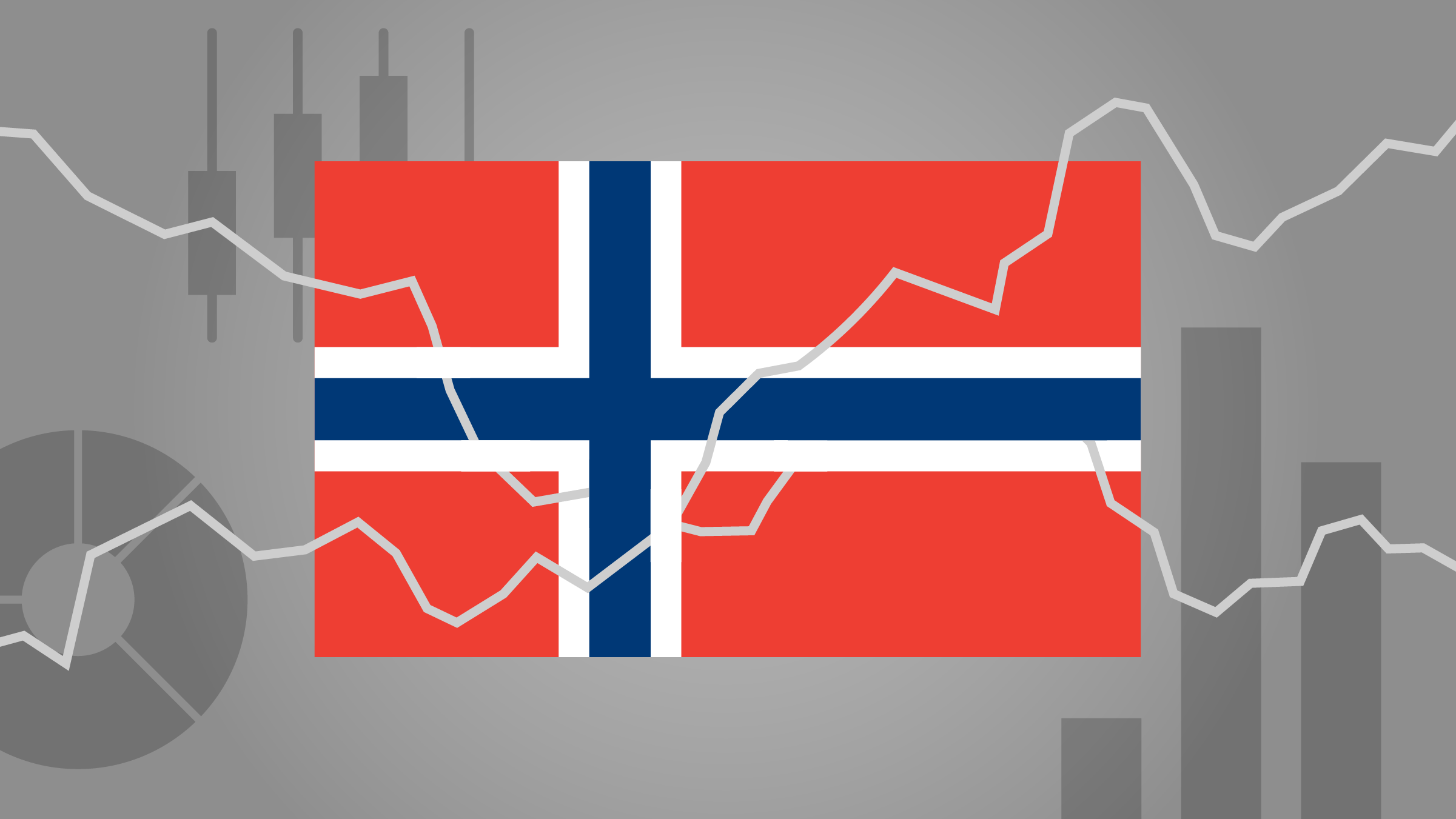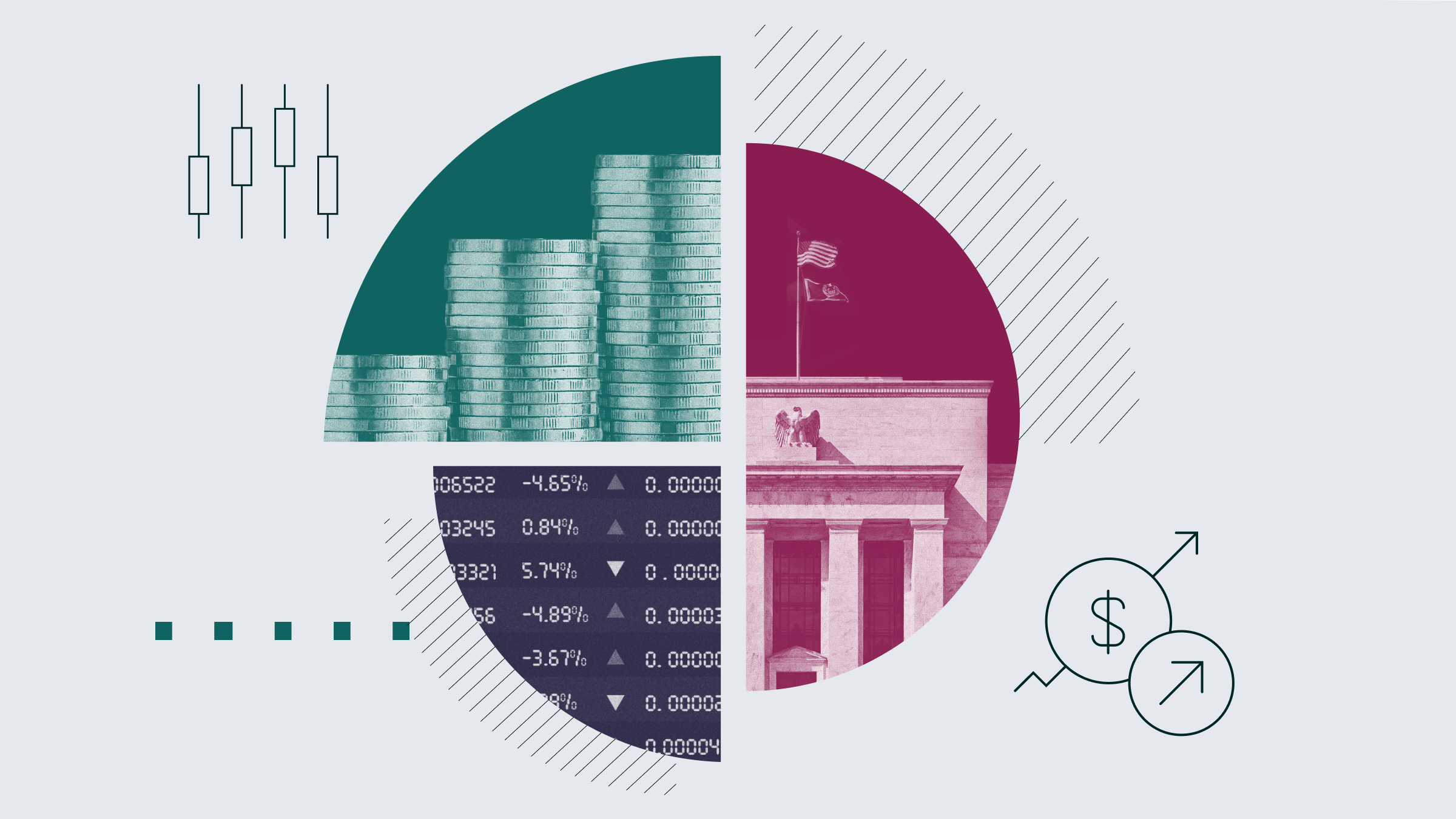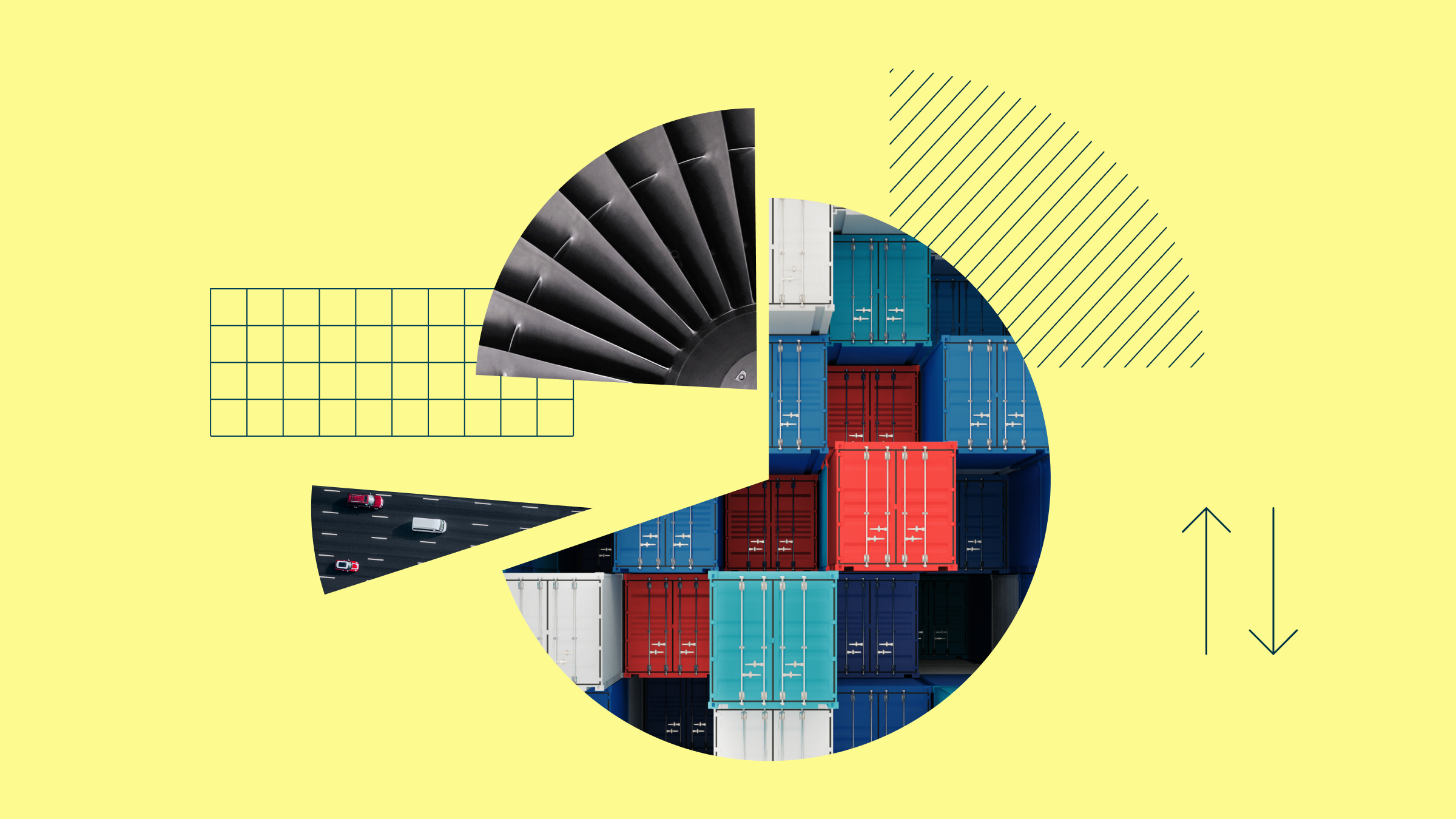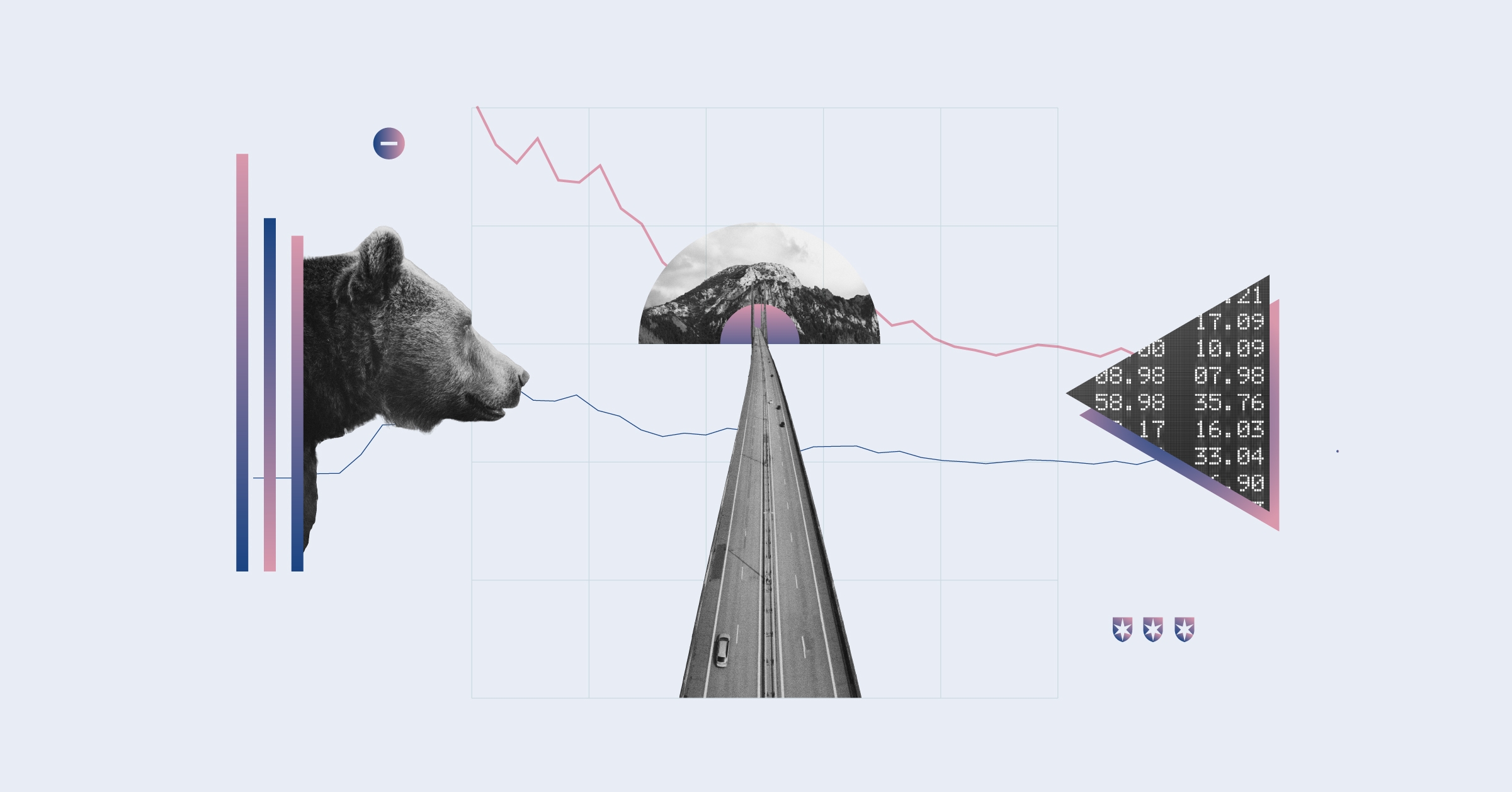Christine Benz: Hi, I'm Christine Benz for Morningstar.com. I'm here at the Morningstar Investment Conference.
Investors have been gravitating to income-producing securities for the past several years. Joining me to share his perspective on this topic is John C. Bogle. He's the founder of the Vanguard Group.
Jack, thanks for being here.
John C. Bogle: Good to with you Christine, always.
Benz: Jack, I know that you are an observer of investor behaviour, and what we've seen for the past several years, really since the market crash in 2008, has been a strong preference for income-producing securities. This comes at a time when yields seem to be going lower and lower.
I'd like to get your take on whether you think that is rational behaviour. And let's start with fixed income, because it does appear that investors are edging out on the risk spectrum in search of yield within their fixed-income stakes.
Bogle: Well, one of my prime investment rules is, accept the market return as it is, accept market yields as they are. Reaching for more yield is like going further out the limb, and no one knows where the breaking point is, but at some point that limb will snap, and you'll be out there, and you'll be devastated in your losses.
So yes, you may reach out on a limb a little bit, but just be very careful not to take on risks that you don't fully understand. I think a reasonable thing to do, for example, on the fixed-income side would be to have a corporate bond index fund in your portfolio, as well as a total bond market index fund in your portfolio. The total bond market index fund is 70% government guaranteed, U.S. Treasury, etc. And that's just too high, in my opinion, with those yields where they are now, which are not an awful lot above 1.25%. The corporate yield is probably 2.7%-2.8%. So there ought to be, for people that need the yield--and just about everybody that's in those funds does, that's why they invest in them--they ought to be able to go out there and … bring their yield up on that.
When you get into global bonds, emerging-market bonds, bond futures, junk bonds…
Benz: Junk funds have been big sellers.
Bogle: Yes, I'd say, look out.
Now we talk a little bit, I do certainly, in extremes. I would not say you shouldn't own any of the above. But I would say absolutely you should not own all of the above. To get out of that very safe bond index fund and into a global bond fund would be just unacceptable to me, getting into a whole new area of unknown risk, and you have to worry a lot about that. As we go around the globe, these sovereign nations vary a lot in terms of their stability, in terms of the stability of their governments, in terms of their shareholder protections. It is also true of equities.
You don't quite know what you get. They may close the door on transactions or exchange rates, I should say. So if you know what you are doing, maybe favouring a combined … Treasury-corporate position with a seasoning of higher-yielding bonds and emerging-market bonds and global bonds, but that seasoning [should be no more than] 10% of the bond portfolio, 15%, I would say no more than 20%, and of course when you do that math, when you've got higher yields on no more than 20%, it doesn't change your yield; it doesn't improve a lot. It should not be a performance question. It should be a yield and yield-protection question. And I should add this, very importantly, before you even get to equities, the first way to increase your yield is easy, risk-free, relatively risk-free …
Benz: … Let me guess.
Bogle: OK, take a shot.
Benz: Keep your costs low.
Bogle: Keep your costs down.
Think about it this way, now in the equity area, but the same principles apply in the bond area. If the average equity fund has an expense ratio of 1.2% and as a group these equity funds are going to be earning the market yield of 2%, that means 60% of your income is going to the investment manager, and you keep 40%. As the kids would say, "big wow."
So you can increase your income in a 2% yield environment on equities--and that same principle, I want to emphasize, applies to bonds as well, except their costs are a little bit lower--and that is, if you are going to an index fund in that 2% market, you'll get 1.94%, and that's a lot better than a 1.2% net yield. So be careful, above all, of costs.
We know, and I think not nearly enough people are aware of this, but today's yield basically is a superb predictor of your return for the next year. And today's yield and possible earnings growth is a very good, if not excellent, predictor over the next 10 years, if you take out that speculative element. In other words, if you look at what we'll call investment return, dividend yields plus earnings growth; the one you know at the outset, the other you can, I think, reasonably assume will continue at past rates of growth of our nation, maybe a little bit slower. Maybe there will be a new normal, and I would suspect there would be a percentage point less of growth.
So, can you go over and instead of buying a portfolio of equities, the market, at a 2% yield, I see very little harm to be done by going and taking part of that, again not all, but maybe a third of it, and putting it into higher-yielding mutual funds.
Benz: Equities.
Bogle: Equity funds. And I say that very advisedly, don't go into high-yield stocks, because you are going to pick some stocks, and you may end up picking badly. So there are a bunch of mutual funds out there seeking these higher yields, and probably yielding 2.8% to 3%.
… Look at your income stream, particularly for the retired person. And if you look at the dividend stream of American business, even the total, it's a line that looks just like this--almost a straight line going upward with two great big exceptions going back to 1925. One is the Depression, and that cumulative dividend line goes like this, and then comes back up, continues to grow. And the only other time there was a significant decline in corporate dividends was 2008, and that was a very specific problem where bank stocks, financial stocks generally, cut their dividends, and in some cases, most cases, eliminated the dividends. But think about this--dividends were already higher in 2012 than they were in 2007. So you took that bump, and you are still going up again.
So pay attention to the dividends. Don't reach for outrageous--if you find a stock yielding 6% out there, that probably means everybody knows the dividend is going to be cut.
One of the bigger places for looking for yield, as you know, is REITs, real estate investment trusts, including our Real Estate Investment Trust Index fund, and it's probably an intelligent way to do it. And if you look there, so much of that is a return of capital. We don't know how much, but it's not as if they are yielding a certain amount; they're giving you a capital return of a certain amount. So I'd say, know your accounting, which very few people do, or have an advisor who knows the accounting. And just be careful when there seems like a free lunch, because as someone observed a long time ago, there is no such thing as a free lunch. Except for low costs, there isn't. I couldn't resist that.
Benz: How about valuations, though, in the dividend-paying sector? Investors have really woken up to dividends over the past few years. There's been so much enthusiasm. I'm guessing you would say that investors should be careful and pick their spots …?
Bogle: In the dividend sector, I don't happen to know the P/E, price earnings multiple, how many dollars people are paying for $1 of earnings in that sector specifically. But it's not going to look terribly different from the total stock market.
We have a little bit of, for the want of a better word, financial engineering going on, and that is corporations report and Wall Street relies on in computing price earnings multiples, what we call reported earnings: earnings less all the mistakes the company has made over the years. Earnings less the bad stuff; call it what you will.
So those earnings are really quite overstated, and that makes it look like, in very rough terms, that we're looking at maybe a 17 times earnings multiple for the stock market, and the norm is about 15. So, it's a little overvalued. If you look at operating earnings, the P/E is much more like--because there is a big gap between the two year after year--you're looking at probably 19 or even 20 times earnings. So, that isn't terrible valuation excess. Think about it. In 1999, stocks were selling at 40 times earnings. There is no way it can be justified. None. It was obvious. Why it wasn't obvious to everybody, I don't know. And so, we're not in that kind of a situation. So, if you're wrong, and the multiples are going to come down, time will bear you out because the growth of dividends and earnings will overcome, or at least substantially offset, that return to normal times, reversion to the mean, if you will, of the pricing/earnings multiple.
Benz: So, your overall comment for people attempting to navigate the current environment for income producers is, don't get too fancy with the bond piece. Do own dividend payers, perhaps in lieu of a small part of your bond stake, and keep the costs overall really quite low.
Bogle: And let me make a distinction with those two. You have it exactly right. But I'd say, all these years of experience, six decades of experience, tells me reaching for yield on the safe side of your portfolio is simply not a good idea. It's going too far out the limb.
On the equity side, I don't have that same reservation, and I wouldn't necessarily recommend this strategy, but I would not be troubled by it: If you mixed a total bond market index fund with 30% or 40% or even 50% in high-yielding or a dividend growth kind of a mutual fund or even an ETF if we're going to hold it and not trade it, that's not a ridiculous thing to do. Because it's going to have a high correlation with the market as a whole, probably 90%-94% correlation--very high. So it's not as if you're moving away from X and into Y. You're modifying X into X3 or something like that.
Benz: Jack, it's always terrific to get your excellent advice. We really appreciate you taking the time to be here.






